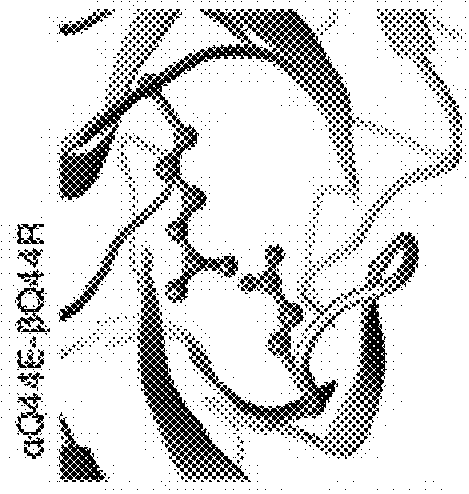T cell receptors with improved pairing
a t cell receptor and paired technology, applied in the field of modified t cell receptors, can solve the problems of reducing the functional avidity of modified t cells, reducing the surface expression of transgenic tcr heterodimers, and unfavorable possibility, so as to reduce the occurrence of mispaired tcr heterodimers, and avoid tcr mispairing
- Summary
- Abstract
- Description
- Claims
- Application Information
AI Technical Summary
Benefits of technology
Problems solved by technology
Method used
Image
Examples
examples
[0122]Note that the numbering according to the IMGT standard may deviate from the naïve numbering of a given amino acid sequence of a TCR variable domain, in particular due to blanks in the CDR sequences, as can be seen in FIG. 1 A-C. This applies, e.g., for TRAV8-6 and TRBV6-5, where the wavy underlines show blanks which are considered in the IMGT numbering, although they are not occupied by amino acid residues. These sequences are provided as examples only, and—although preferred—shall not restrict the claims to specific embodiments. This means that the teaching of the present invention is applicable to other TCR α and β chains, or TCR αβ heterodimers, having other sequences, in particular in the variable domain, in particular in the CDRs.
[0123]Further, the teaching of the present invention is also applicable to other TCR α and β chains or TCR αβ heterodimers binding to other target antigen / MHC complexes as well, preferably, but not only, when comprising the natural Q44 amino acid...
PUM
| Property | Measurement | Unit |
|---|---|---|
| size | aaaaa | aaaaa |
| lengths | aaaaa | aaaaa |
| stability | aaaaa | aaaaa |
Abstract
Description
Claims
Application Information
 Login to View More
Login to View More - R&D
- Intellectual Property
- Life Sciences
- Materials
- Tech Scout
- Unparalleled Data Quality
- Higher Quality Content
- 60% Fewer Hallucinations
Browse by: Latest US Patents, China's latest patents, Technical Efficacy Thesaurus, Application Domain, Technology Topic, Popular Technical Reports.
© 2025 PatSnap. All rights reserved.Legal|Privacy policy|Modern Slavery Act Transparency Statement|Sitemap|About US| Contact US: help@patsnap.com



